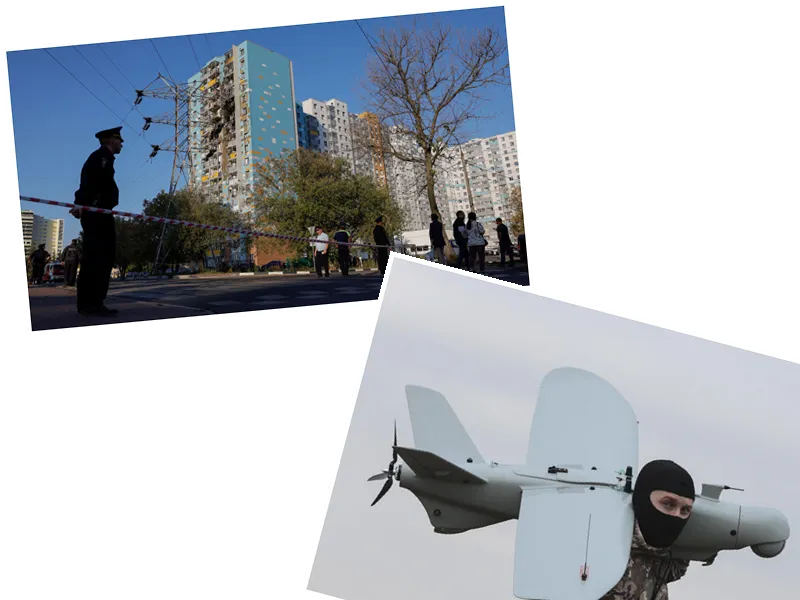Kiev and Moscow are currently engaged in a fierce exchange of drone attacks amid escalating battles on the Donetsk and Kursk fronts. The Ukrainian Air Force reported that its defenses successfully shot down 10 out of 14 Russian drones launched in a recent nighttime assault. In response, the Russian Air Force claimed to have targeted the Odessa region with guided missiles, though Ukrainian air defenses intercepted the last missile.
The ongoing conflict has seen mutual drone and missile attacks intensifying, particularly around the besieged city of Pokrovsk in Donetsk, where Ukrainian forces are desperately trying to repel Russian advances. Civilians are evacuating as the situation deteriorates, with reports indicating that Russian forces have gained control over several towns, increasing pressure on key areas like Chasiv Yar.
In the Kursk region, fighting continues as Russian forces launch counterattacks against Ukrainian troops, who had made advances into the area. Ukrainian special forces reported a successful ambush, resulting in casualties among Russian soldiers.
Ukrainian military intelligence director Kyrylo Budanov has suggested that Russia might seek to conclude its military operations before 2026, citing economic challenges exacerbated by Western sanctions. He underscored the significant role of North Korea as a supplier of artillery to Russia, which complicates the conflict further. Budanov also expressed concerns over the increasing use of Iskander missiles by Russian forces, which poses a serious threat to Ukrainian defenses.
As tensions rise, both sides remain on high alert, with Moscow warning that any Western provision of long-range weapons to Ukraine may provoke direct NATO involvement in the conflict. The stakes are high as the war continues to evolve, with potential implications for regional stability.






